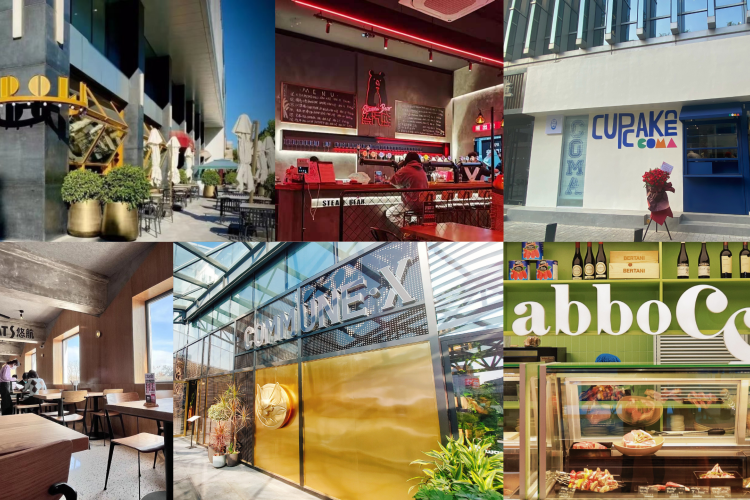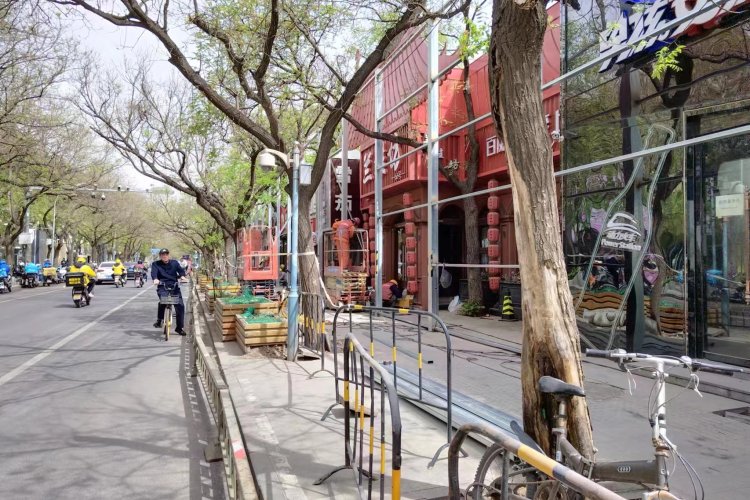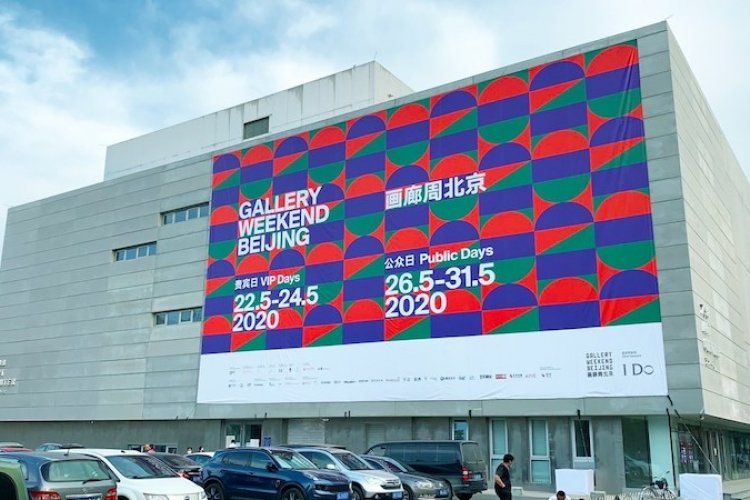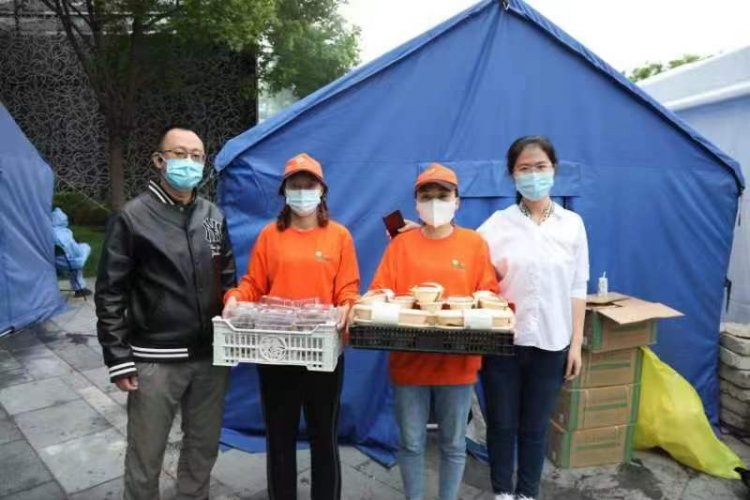Art Hike: Sanlitun
Continuing on in our Art Hikes series, this one should be an easy one. You never thought there'd be much art to see in Sanlitun, but there is, and the nice thing is that if you get tired of it, there's plenty else to strike your fancy.
For those who might have been out of town, the August issue of our magazine featured five Art Hikes: short pedestrian routes in five of Beijing's artsy areas (from the obvious like 798 to the non-obvious like Sanlitun). Included in those routes were stops at not only galleries and other art venues, but also restaurants, cafes, shops and the like, for full- or half-days of cultured constitutionals.
We figured the October holiday would be a good time to try some of these walks out (if you haven't already been). While the art in Sanlitun may not be the most profound or conceptual, don't write it off just yet.
Drop-off location: Workers’ Stadium West Gate (D).
How to get there: From Dongsi Shitiao subway stop (Line 2), walk east about 20 minutes. Or take Bus 113, 115, 118 or 701 to the Gongren Tiyü Chang (工人体育场) stop.
Specialty gear: A few cool-looking friends.
Camouflage: Frameless spectacles, Commes des Garçons T-shirt, unisex harem pants, wedge haircut (male), straw hat (female), BMW.
Flora: China then and now condensed in one heady burst of commercial sugar.
Fauna: Everyone. Families, bemused old people, stylish twenty-and thirty somethings, consumers, drunks, dealers and beggars.
Trailhead: Do it like a leap through history. The socialist realist sport sculptures around the Workers’ Stadium (1) start you deep in the past. The cracks and stains on some of their faces push you to move on.
Secret garden: From the Workers' Stadium north gate, head east to 1949–The Hidden City (2), where you’ll find Gallery 49, a small, neat space with light beaming through the windows. Brushworked soldiers and officials from imperial China might greet you from behind their frames.
Tunnel: Let the back-alley Koryo Studios (3) give you a taste of North Korean socialist realism.Then spin through The Opposite House (4) for a first look at contemporary works in their atrium.
The Big Climb: Just north of The Opposite House, take the elevator next to the Versace store to Sanlitun’s mini-art district on the fourth floor (5). Still getting their art legs, think of these galleries as a giant piece of marble waiting to be sculpted.
Photo opportunity: Head to the west side of the Village South and grab a seat at Fisheye Café (6), run by lomography enthusiasts. Peer at their collection of photos–faded, distorted and bearing the sentimental air of shooting from the hip can. Coffee and cameras also on offer.
Pit stop: After this gentle immersion in the thrills and spills of Beijing art, get up to Migas’ terrace (7). Ensconce yourself in one of the egg booths and prepare for a more demanding trip to Caochangdi or Songzhuang.
Souvenir shops: 1) In the Village South, Original Design Circle (8) stocks quirky knickknacks,T-shirts and other items from young designers. Prices go high, but you can find something to take home for less than RMB 50. 2) In the Village North, Brand New China (9) features China’s hottest young designers. Pick up a piece from the likes of Uma Wang, Xander Zhou or Vega Zaishi Wang – or if you don’t want to splash out so much, there are notebooks, key chains and other items for sale.
Watering holes: Mesh (inside the Opposite House), with its gauzy drapes and almost Bedouin decor, comes pretty close to being a work of art. Back at the start of the trail, dive through the “secret” door into Fubar (10) for a look at their collection of photography from around China. The Den (11), meanwhile, is a living installation piece.
Hazards: Amateur photographers taking “arty” shots of Uniqlo, ladybar, touts and the phrase “What’s up, bro?”
First aid: Moment Café (12) in Sanlitun Soho.






